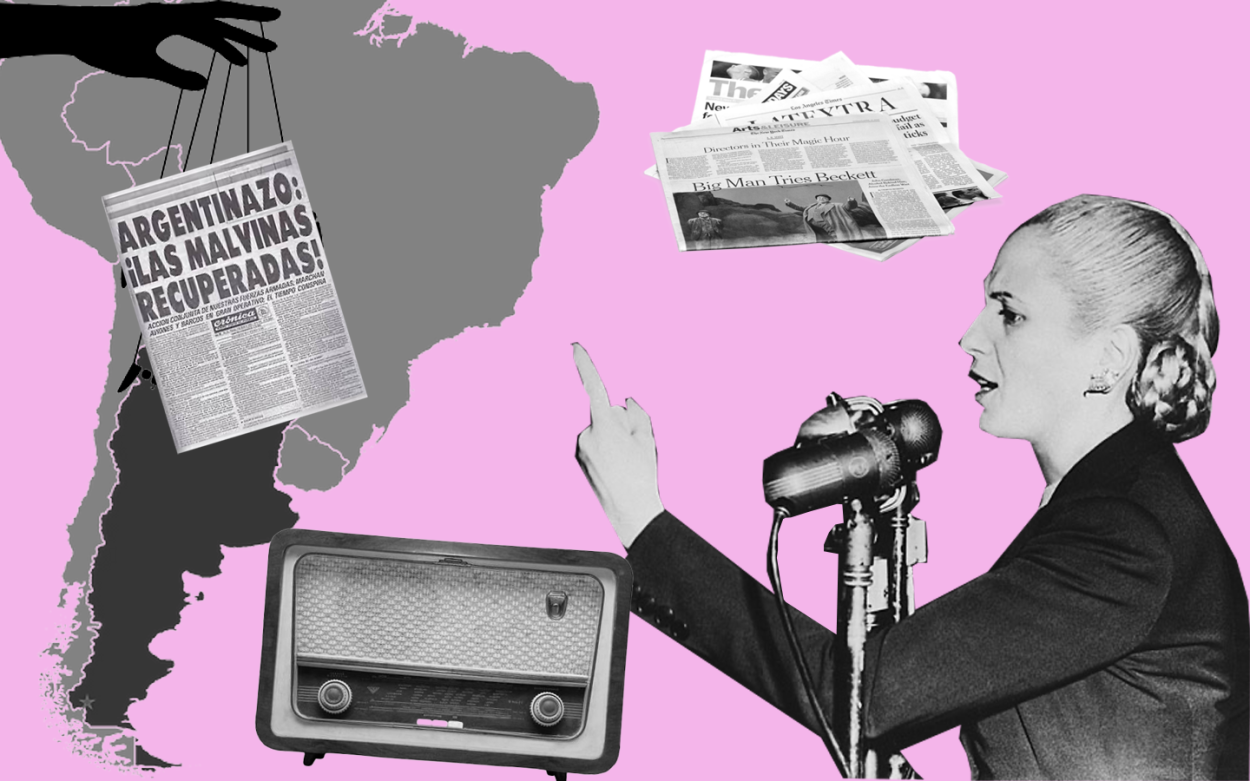Edward S. Herman and Noam Chomsky first introduced the Propaganda Model in their 1988 book ‘Manufacturing Consent: The Political Economy of Mass Media’. According to the authors, the media subjugates us to be complacent through five filters: 1) size, ownership, and profit orientation, 2) advertising, 3) sourcing, 4) flak, and 5) ideology.
Essentially, the book argues that the media will always cover the stories that favor the elite or shape the narrative in a way that will help those in power hold on to it, since the news agenda is defined based on pressure from the government and powerful media stakeholders.
According to the propaganda model, these filters are so ingrained in the system that journalists trick themselves into thinking that they are objective in their reporting.
It is even harder to be objective when the news sources are actually governments or businesses with agendas. They may use personal connections, threats, and rewards to further sway and intimidate the media or to prevent journalists from obtaining information.
The theory also argues that radical media tends to be at a disadvantage because of a lack of financial support from advertisers (who avoid tying their image to controversial programs) and backlash (or ‘flak’) from powerful individuals and institutions.
Lastly, the propaganda model consolidates its power by mobilizing the people against a common evil. By weaponizing ideology and pointing the finger at perceived threats like communism or terrorism, those in power can deviate the public’s attention from the problems they themselves cause.
If we look back at Argentina during the 20th Century, we can notice these filters in action. The most notorious example is that of the age of Peronism, when Juan Domingo Perón rose to power in the 1940s, first as Secretary of Labor and later on as president. During this time, there was a lot of censorship, selective advertising, nationalization policies, and intimidation. Nonetheless, a lot of people supported Peron back then, and Peronism is still a prominent movement in Argentina to this day. Why? Because Perón and his wife, Evita, had a lot of control over the media. Evita had close ties with the director of a giant publishing conglomerate. She had her ghost-written autobiography become a required text in Argentine schools. Every radio station was owned and controlled by the state, and about 1600 journalists worked to exclusively report favorable news of Perón and Evita. Perón’s administration seized and used a number of other strategies to sabotage a newspaper named La Prensa for denouncing Perón’s policies, and the media denied political opponents any means of communication.

Unfortunately, press freedom did not improve right after Perón left power because there was a coup and a military dictatorship from 1976 to 1983. This came with the banning of political parties, limited civil rights, and the forced disappearance of civilians and journalists. By 1982, the military wanted to regain support and build unity. When the Malvinas (Falklands) War came to be in 1982, the military distracted the Argentinian people from the economic instability and human rights violations happening in the country and focused everyone’s attention on the “common enemy”: the British. By controlling mass media, they led the people to believe Argentina was winning the war when it was actually losing it.

Though propaganda is evident when looked at retrospectively, it might be harder to notice it in real-time. In today’s sociopolitical landscape, we have to make a conscious effort to avoid confirmation bias and echo chambers. It is very easy to just listen to what we want to hear, but we have to pay attention to the way the media frame the news, and the words and images they use. Before taking what we see at face value, we should try to check facts and sources and, if possible, find out who the stakeholders of the media we are consuming are so that we can make more informed decisions.


Your application of propaganda model to one of Argentina’s biggest political moment in history was well chosen. Your blog was written in a way that was easy to follow, so that people like me who doesn’t know much about Argentina’s politics and history can understand your argument. I was surprised when you mentioned that about 1600 journalists worked in favor of Perón and Evita, as that’s such a big number. It further strengthened Chomsky’s point about the propaganda model and how the media is controlled by the powerful elites. Overall I found your blog very informative and intriguing to read!
I like how you have added videos to this blog to back up your points regarding the propaganda model. I also like the way you have looked at the propaganda model from the view of Argentina in the 20th century as it is a new approach that you have independantly looked in to.